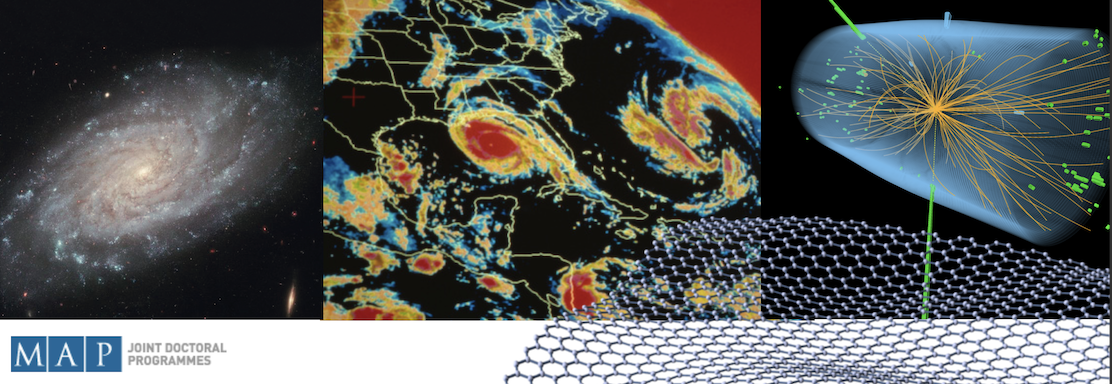Speaker
Description
Microcystin-LR (MC-LR) is a biotoxin produced by several cyanobacteria. It is present in different aquatic environments and is not easily removed from water by conventional treatments. In this way, humans are primarily exposed to MC-LR via drinking water, creating multiple health risks such as poisoning, hepatoxicity, tumor promotion and reproductive issues [1], [2]. Consequently, the World Health Organization has established a limit of 1 µgL-1 for MC-LR in drinking water.
Analytical methods based on chromatography and mass spectrometry, as well as the common enzyme-linked immunosorbent assay (ELISA), tend to be reliable for the determination of microcystins, providing high sensitivity and low detection limits. However, they require sizable equipment that cannot perform real-time analysis. To fulfill such needs, extensive research has been conducted on the development of electrochemical sensing platforms. Electrochemical sensors are cost-effective, efficient alternatives for in situ monitoring in a timely manner [3].
Herein, a hybrid nanostructure based on a laser-induced graphene (LIG) [4] transducing surface integrated with covalent organic frameworks (COFs) [5] as selective recognition moieties is proposed to overcome the challenges associated with low-concentration, selective MC-LR electrochemical sensing. LIG electrodes were patterned on polyimide substrates through direct laser irradiation, and the surfaces’ morphology, structure, conductivity and electrochemical properties were characterized and optimized for the intended application. Thereafter, the in situ growth of a COF on the LIG surface was studied. The morphological and chemical characterization indicated the formation of a rough COF film. Subsequently, the determination of MC-LR with the COF/LIG hybrid nanostructure was achieved through an indirect strategy. Firstly, the modified electrodes were incubated with different concentrations of MC-LR to promote the adsorption of the biotoxin to the COF/LIG surface. Thereafter, the electrodes were immersed in solutions of [Fe(CN)6]3-/4- and cyclic voltammograms were acquired. As the adsorbed MC-LR inhibits the redox signal from the [Fe(CN)6]3-/4-, a relationship between redox peak current and MC-LR concentration can be established.
| Which topic best fits your talk? | Condensed Matter Physics and Nanomaterials |
|---|

